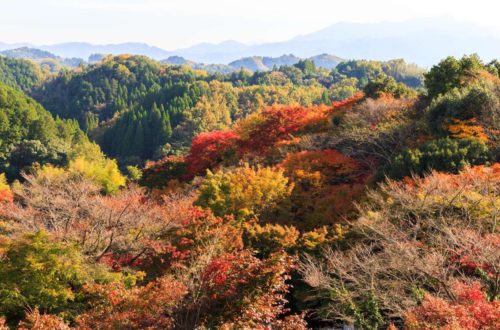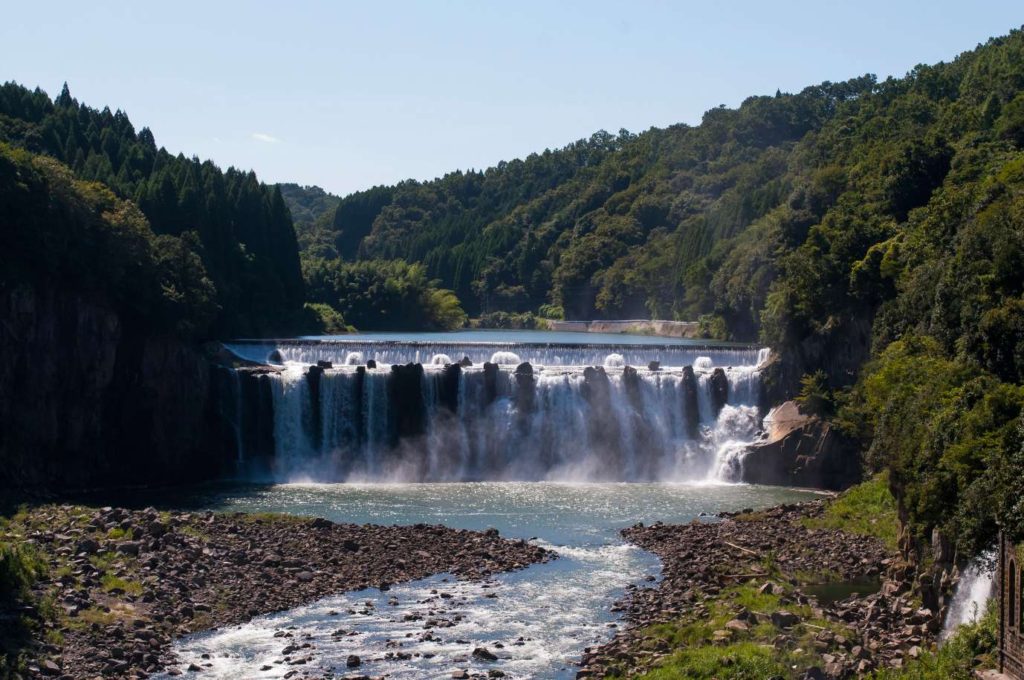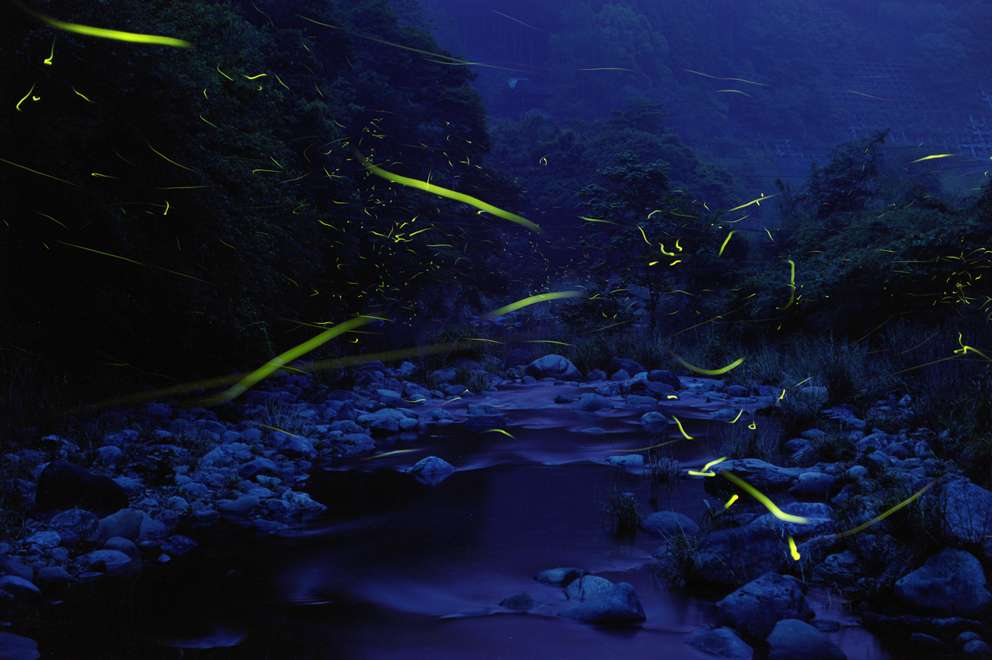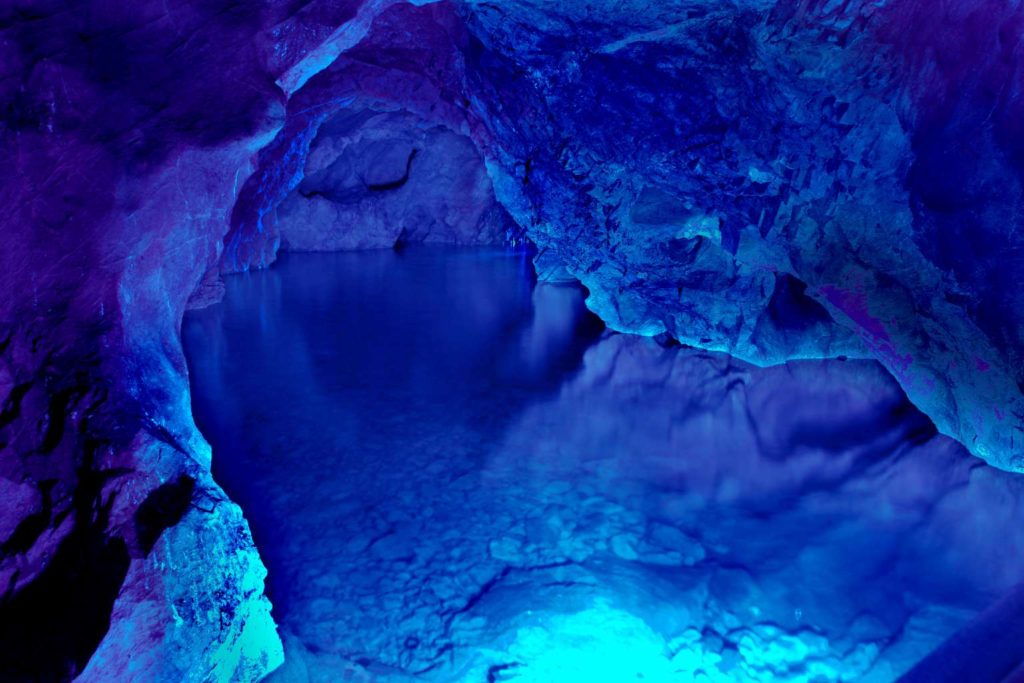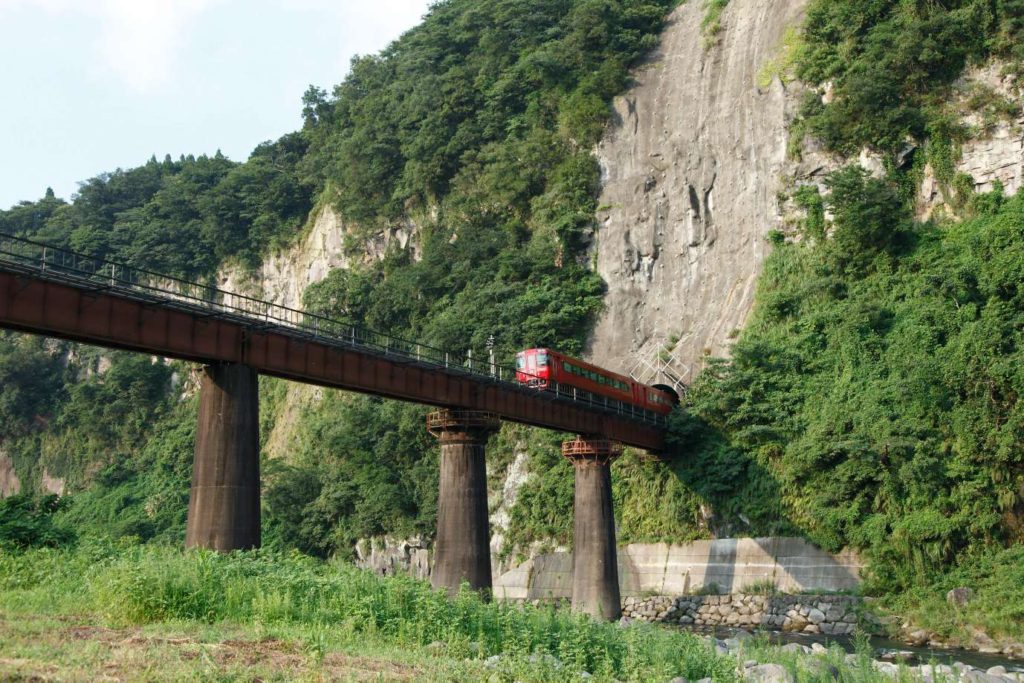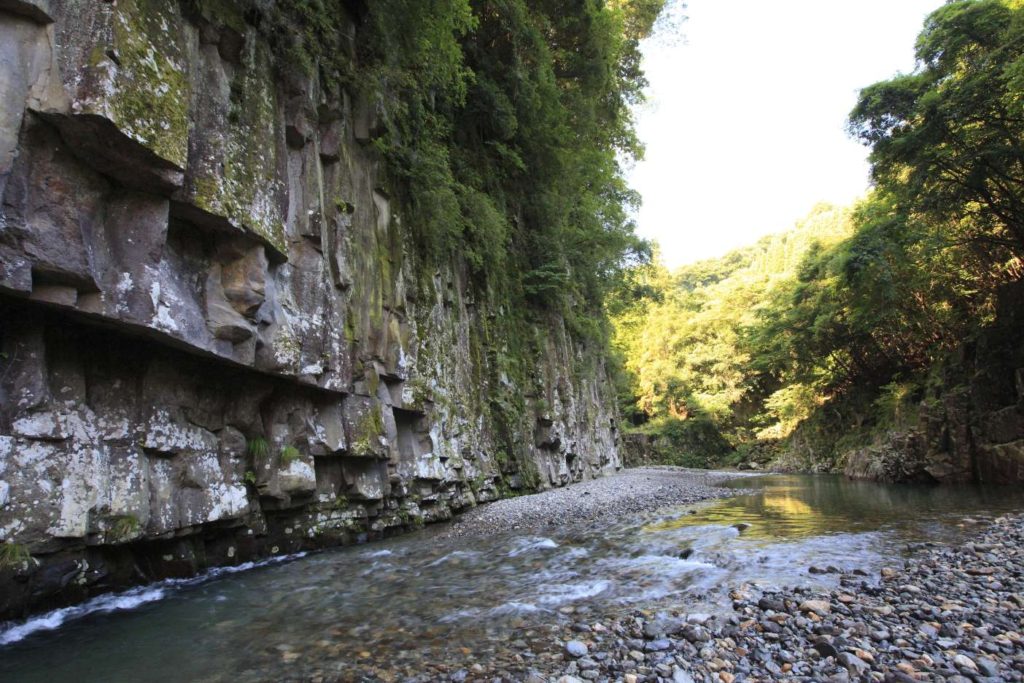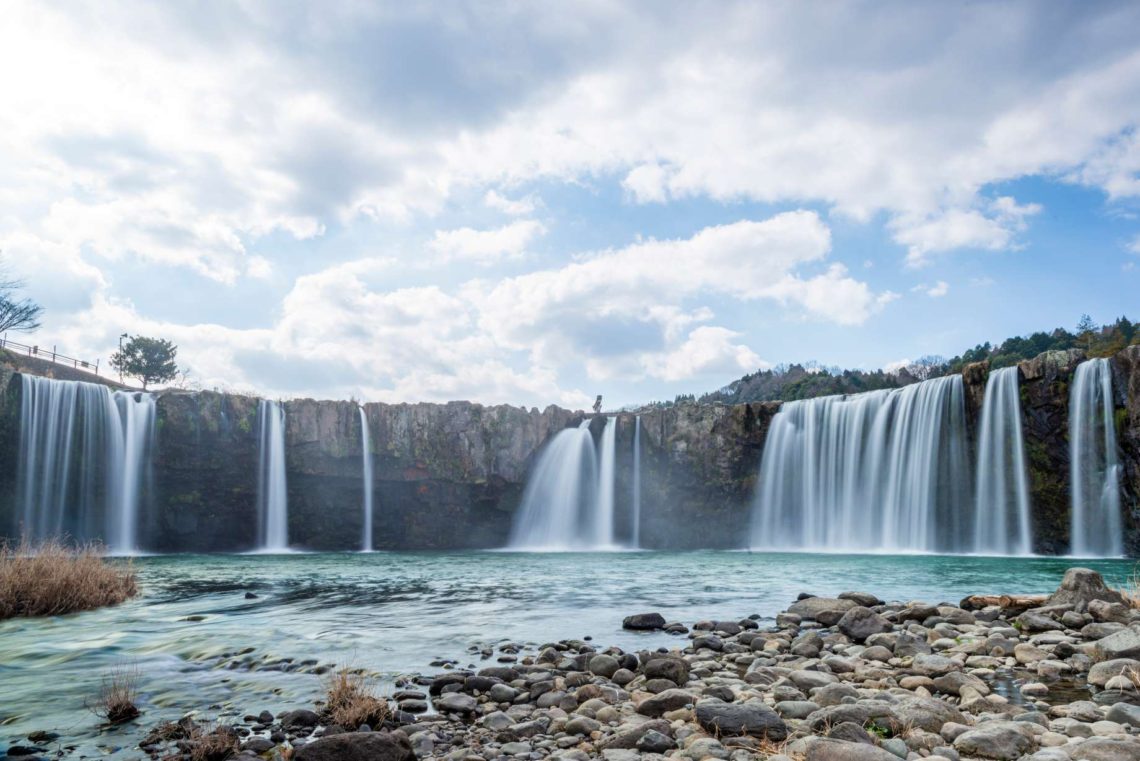
Six Gorgeous Nature Spots to Check Out in Bungoono
Located south of Oita city (大分), Bungoono (豊後大野) is a city renowned for its gorgeous geological site, filled with many beautiful nature spots. This is because it was formerly a volcanic region that was created from the eruptions of the nearby Mt Aso (阿蘇山) thousands of years ago. And yet surprisingly, the site is still relatively unknown amongst the travel community; mainly due to the lack of public transportation as well as marketing towards foreign tourists.
To my surprise, these nature sites are equally as gorgeous as the famed Mt Fuji (富士山), but also shamefully underrated. Due to the lack of foreign tourists, these sites do offer plenty of personal space to immerse into the wonderful nature. With that said, let’s dwell deeper into some of the best nature sites in Bungoono.
Save In Pinterest
No time to read this Bungoono travel guide now? Click on the save button and pin it for later!
Table of Contents
Chinda Falls (沈堕の滝)
Starting off the list of nature sites in Bungoono is the Chinda Falls (Chinda-no-taki/沈堕の滝). Chinda Falls is considered to be one of the two Niagara Falls of Bungoono for its astounding beauty. It comprises of two waterfalls; the wider and elaborate Odaki (雄滝) aka the ‘Gentleman waterfall’, and the slimmer and slender Medaki (雌滝) aka the ‘Lady Waterfall’. The sheer amount of water gushing down dynamically, while being surrounded by the lush nature is certainly a spectacle to behold.
In fact, it was so beautiful that even the famous Japanese painter Seshu (雪舟) travelled all the way here and painted the overall landscape in the Muromachi period (Muromachi Jidai/室町時代/AD 1336-1573). One can also witness the mesmerising falls together with the remnants of a power plant that was built in the 1900s. It once served to generate electricity for Kyushu’s first electric railroad that connected both Oita and Beppu up until 1972. Today, the abandoned power plant still remains intact, adding another layer of beauty to the falls and also reminding us of Japan’s industrialised past.
Harajiri Falls (原尻の滝)
And next in the list is the other Niagara Falls of Bungoono, the Harajiri Falls (Harajiri-no-taki/原尻の滝). These guys must have been big fans of the Niagara Falls. Harajiri Falls remains one of the top nature spots among the locals in Bungoono for its sheer beauty. The waterfall is mostly recognisable for its horseshoe shape, with a width of 120 metres and a height of 20 metres. Also unlike our previous entry, Harajiri Falls is located in the middle of a flatland, right next to a roadside rest area while being surrounded by paddy fields; a rarity especially among waterfalls.
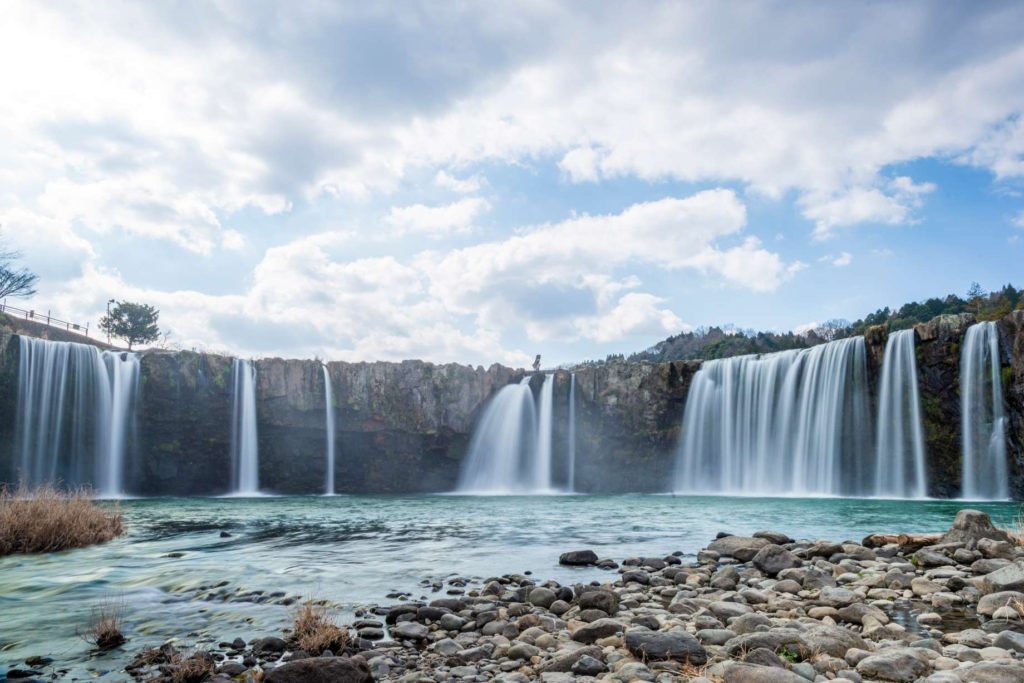
One can actually witness the beauty of the waterfall close up, especially with the water flowing gracefully down into the river. In fact, a great way to relax is to sit right next to the waterfall and listen to the soothing sound of the flowing water. For the photographers, don’t miss out on the view from the suspension bridge on top as well. The bridge allows for a wonderful opportunity to capture the magnificent waterfall from an entirely different angle.
Hakusan Valley (白山渓谷)
Listed as one of Japan’s top 100 Exquisite and Well-Conserved Waters, Hakusan Valley is certainly no slouch when it comes to scenic nature sites in Bungoono. The site features a river that is filled with various peculiar stones, resembling a landscape from Mars. These are due to the lava flow originated from the volcanic activities of Mt Aso (阿蘇山) thousands of years ago. Today, the site remains an attraction for its rich landscape, complimented together by the presence of several rustic and charming stone bridges. More importantly, this area is also a well-known spot for firefly watching.
Firefly viewing season is during mid-May to early-June from 8pm onwards; in which you do get the chance to view the fireflies dancing gracefully in the middle of the night. In fact, the best place to look out for is a mysterious cave known as Hoge-iwa (ほげ岩), where legends said the small cave in this area is dug by a demon long ago. Nevertheless, the sight of the fireflies dancing in the darkness of the night is truly one that should not be missed in the lifetime.
Inazumi Underwater Cave (稲積水中鍾乳洞)
Continuing the list of secret nature sites in Bungoono is none other than the Inazumi Underwater Cave. This underground cave is formed 300 million years ago, and subsequently submerged due to an eruption of Mt Aso (阿蘇山). This natural marvel boasts an unusual cavern filled with underwater stalactites, coral stones and helictites which were formed over thousands of years. On top of that, there is even a sparkling emerald green spring that glitters in the darkness of the cavern.
Furthermore, the cavern’s temperature remains at a reasonable temperature of 16 degrees all-year-round, making it cool during the summer and also warm during the winter. This gives an overall refreshing experience for visitors to explore the cavern, while admiring the enchanting rock formations. For the cave enthusiasts and divers, did you know that it is possible to scuba dive in this cave? Check out the cave’s official website here for more info (Japanese language only).
Time: 9.00 am until 5.00 pm
Entrance Fees: 1,300 Yen per pax, 1,000 Yen for middle, high school as well as university students, 700 Yen for 4 years old until primary school.
Iwado Overview (岩戸の景観)
A magnificent cliff in Bungoono that truly defined by the forces of nature. Iwado is a 50m high cliff that is formed from multiple eruptions of Mt Aso (阿蘇山) around 13,000 years ago. The lower half was formed from pyroclastic flows of the volcano’s third major eruption while the upper half was caused by the fourth major one. In fact, one can view a unique and gorgeous rock formation known as columnar jointing; a structure consists of rocks in the shape of columns separated by joints or fractures caused when the rock contracted. One could admire these peculiar rock formations and also ponder at how nature is able to craft such a magical artwork.
The real beauty of this place however, lies in the rail road that runs through the cliff. This is the JR Hohi Main Line (豊肥本線) which connects both Kumamoto (熊本) and Oita (大分), in which the line passes through the cliff via a tunnel. As a result, the spot is well-known among local train enthusiasts who seek to snap a shot of the cliff together with a train travelling in/out of the tunnel. If you are also a fan of railways and trains, this is definitely one spot not to be missed.
Taizako Canyon (滞迫峡)
And here we have yet another nature site in Bungoono that is gifted by the forces of nature. Taizako Canyon is a 70m high canyon formed by the eruptions of Mt Aso 90,000 years ago. During that time, the area was covered in rocks accumulated from the pyroclastic flows of the volcano. Overtime however, water flows slowly eroded the ground deeper, and eventually transformed the area into a canyon. Similarly to the Iwado Overview, the canyon also features columnar jointing along its cliffs. When looked closely, one can actually see how these rock formations resemble window curtains.
There are definitely many spots where you can get a great shot of the canyon, but one of the best spots to look out for is the Okudake Bridge (奥嶽橋). This 75m high bridge features not only the unique Nielsen-Lohse architecture, but also a stunning view of the overall surroundings. The scenery of the magnificent mountains from afar, accompanied together with the calm streams of the river will certainly soothe the mind. And if you are sharp, you may also catch a glimpse of the Inukaeri bridge (犬返橋); a hidden and lovely stone arch bridge that is blanketed by the lush forest.
Overall Thoughts
Looking for a getaway from the city? Bungoono is definitely a perfect candidate for a road trip, especially if you are a nature lover. Here are some travel tips in case you are planning a visit to these places:
- Given the rural nature of the region, the best way to travel around is by renting a car.
- Getting a Wi-fi is also another great consideration as it helps navigating around the roads easily.
- Bring some comfortable shoes, especially the paths in some of these areas can be rocky and uneven.
- Don’t be afraid to explore the area, as you may discover beautiful shots along the way.
Also, be sure to check out my separate articles on this gorgeous hidden spot for autumn leaves viewing, as well as one of the last few temples containing a giant Buddha statue in Japan. And if you are looking for a place to stay, consider checking out the hotels in the nearby city of Oita.
Loving the content here?
Subscribe and get your free hidden gems in Japan bucket list here.


You May Also Like
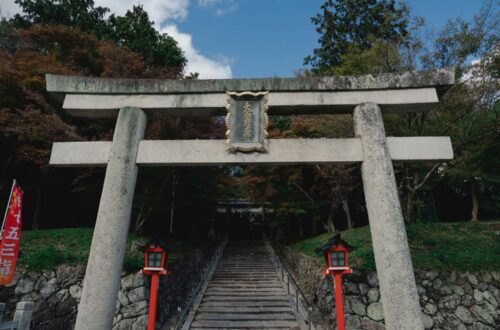
Oharano Shrine – Trivia Behind Kyoto’s Historical Hidden Gem
January 20, 2024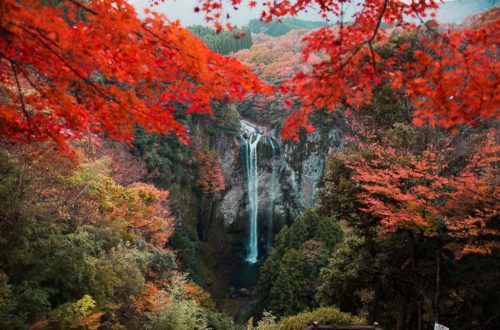
9 Best Hidden Road Trip Destinations Around Usa, Ōita
August 8, 2021